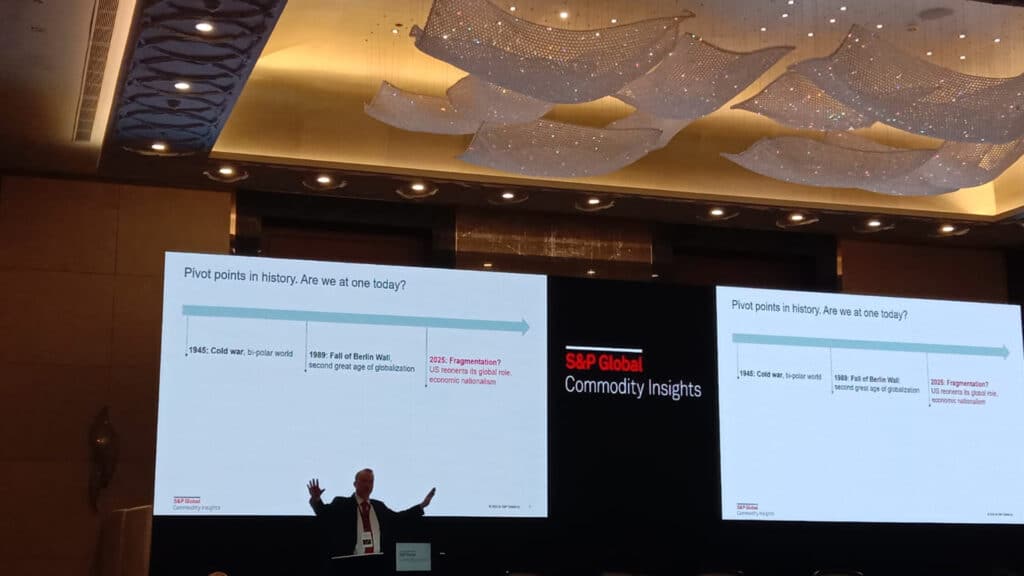Kazakhstan’s oil dilemma: Boosting exports could drive down prices

Prices for Kazakhstani oil, which is being exported in growing volumes to the global market, may decline, according to Dex Wang, director of strategy development at S&P Global Commodity Insights, a leading provider of energy and commodities market intelligence.
During the annual S&P Global Commodity Insights Astana Market Briefing on May 21, Wang said that more CPC Blend crude (oil transported via the Caspian Pipeline Consortium) will be entering the global market. While this benefits buyers of light crude grades, it poses challenges for Kazakhstan. In June, volumes could reach up to 1.7 million barrels per day (mbpd), a significant supply increase. The expert also noted that Saudi Arabia is strongly committed to enforcing compliance with OPEC and OPEC+ production agreements, signaling potential consequences for countries that exceed their quotas.
Wang warned that Kazakhstan’s rising export volumes could put the country in a tougher position, primarily due to likely downward pressure on global oil prices.
S&P Global experts note that another potential risk to Kazakhstan’s oil market is the return of Russian Urals crude to its primary European customers. Historically, Urals-branded oil was exported to Europe from both Russia and Kazakhstan. However, following Russia’s full-scale invasion of Ukraine in February 2022, Kazakhstan announced in June 2022 the launch of its oil brand, KEBCO, to distinguish its product from Russian Urals crude. Western nations, including the European Union, have imposed a price cap of $60 per barrel on Russian oil, along with other restrictions, to limit the Kremlin’s revenues that could be used to fund the war in Ukraine.
Should the war end, Urals crude is expected to re-enter the European market, increasing competition for KEBCO and the CPC Blend. This would likely narrow the price gap among the three oil grades.
Forecasts from S&P Global Commodity Insights indicate oil prices could fall to $40 per barrel by the end of the year due to increasing global supply and weakening demand from key consumers. Saudi Arabia, Russia and the U.S., collectively responsible for about 40% of global oil supply, are expected to play a pivotal role.
Unlike previous practices under OPEC and OPEC+, which often involved production cuts even during periods of high prices, these producers are now ramping up output despite falling or expected declines in fuel prices.
From May 1 to 19, Kazakhstan increased its daily oil output by 2% compared to the April average, Reuters reported, citing an industry source familiar with operational data. During that period, Kazakhstan produced an average of 1.86 mbpd, up from 1.82 mbpd in April. Kazakhstan’s OPEC+ production quota for May stands at 1.486 mbpd, meaning the country is once again significantly exceeding its agreed limits. Output at the country’s largest Tengiz field reached 932,000 bpd in May, up from 885,000 bpd the previous month.
Kazakhstan’s Ministry of Energy stated that production at the Tengiz field has reached planned capacity and is not expected to grow further this year. Tengizchevroil, the field’s operator, increased production in the first quarter of 2025 by 25% year-on-year, reaching 9.37 million tons or approximately 74.5 million barrels.
Kazakhstan is required to offset overproduction of 1.3 million barrels by June 2026 under its OPEC+ commitments.
Meanwhile, July futures for Brent crude oil were up 1.055% in trading on the Intercontinental Exchange (ICE), reaching $66.07 per barrel.

